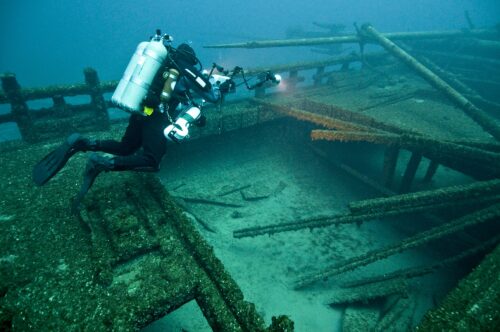- Archaeology (355) ,
- Biology ,
- Culture ,
- Language
Archaeologists study the physical objects, places, and landscapes that humans create, modify, or interact with. Their goal is to learn more about human histories and experiences.

Uncovering an Archaeology of U.S. Empire in Panama

How Cultural Knowledge Sustained Desert Farms in the Ancient Andes

Excavating the Traces of Ice Age Foragers

Ancient Tools in East Asia Reveal Middle Paleolithic Innovation

When Wartime Plunder Comes to Campus

The Hopes and Hazards for AI in Reconstructing Ancient Worlds

In Iron Age Britain, Descent Was Matrilineal

The Vanishing Traces of Our Earliest Ancestors in Indonesia

The Battle to Protect Archaeological Sites in the West Bank
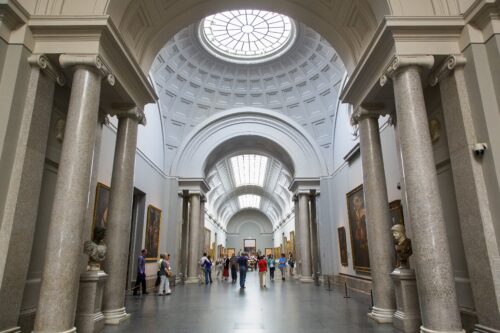
Spain’s Move to Decolonize Its Museums Must Continue

It’s Time to Replace “Prehistory” With “Deep History”

How and When Did Humans First Move Into the Pacific?
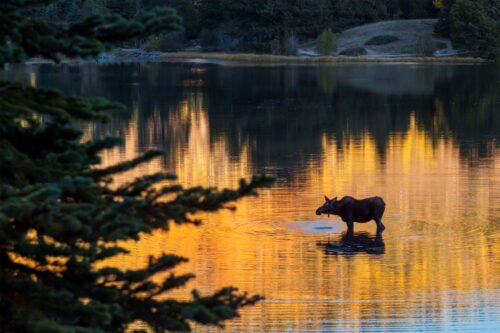
Do Moose “Belong” in Colorado?
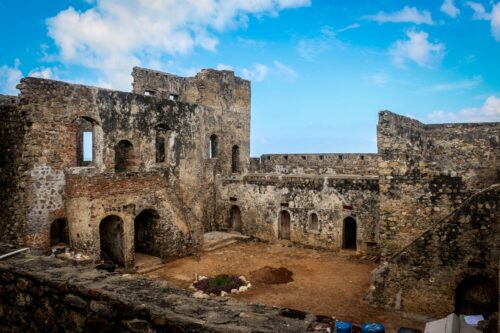
How Colonialism Invented Food Insecurity in West Africa
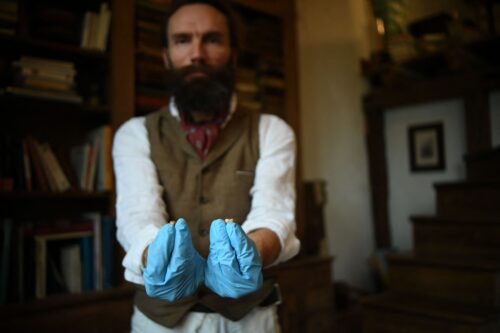
Unraveling a “Ghost” Neanderthal Lineage
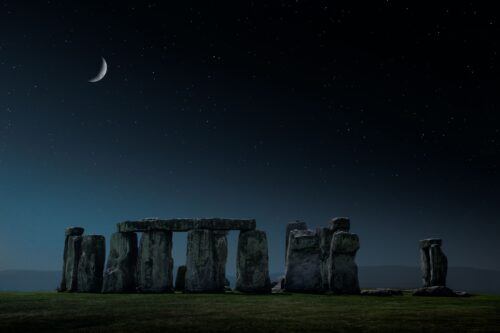
The Distant Origins of a Stonehenge Stone

Digging Into an Ancient Apocalypse Controversy From a Hopi Perspective
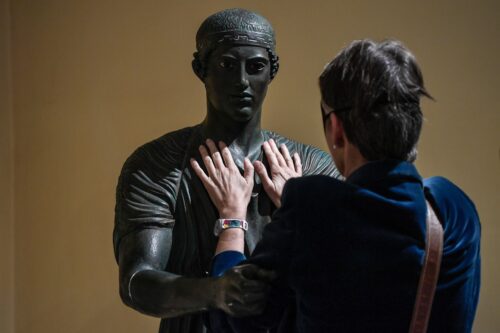
Can Embracing Copies Help With Museum Restitution Cases?

The International Order Is Failing to Protect Palestinian Cultural Heritage
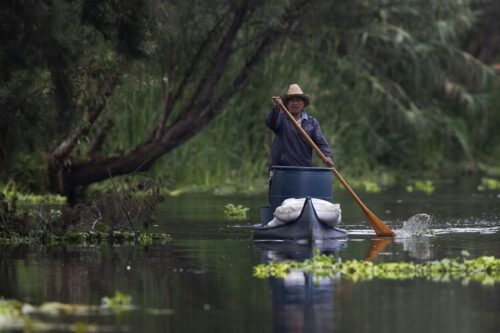
Cultivating Modern Farms Using Ancient Lessons
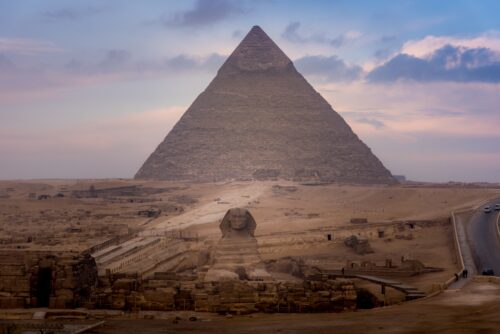
Why I Talked to Pseudoarchaeologist Graham Hancock on Joe Rogan
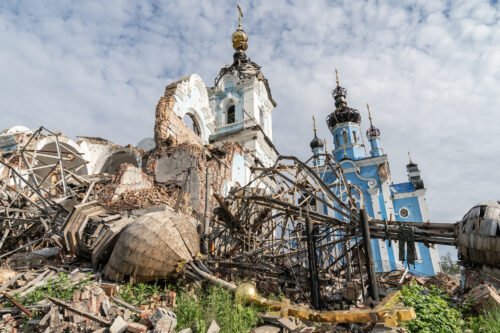
Spotlighting War’s Cultural Destruction in Ukraine
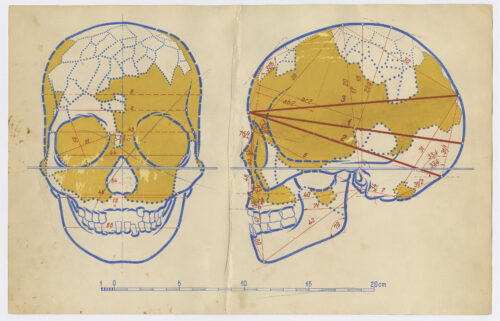
Learning From Snapshots of Lost Fossils
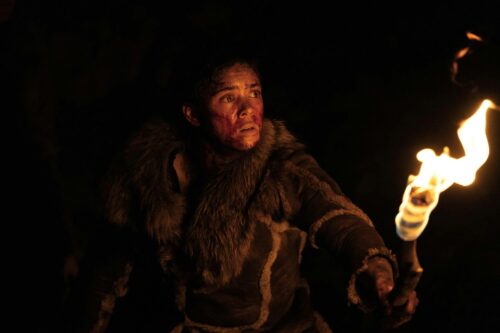
How Accurate Is the Stone Age Thriller Out of Darkness?
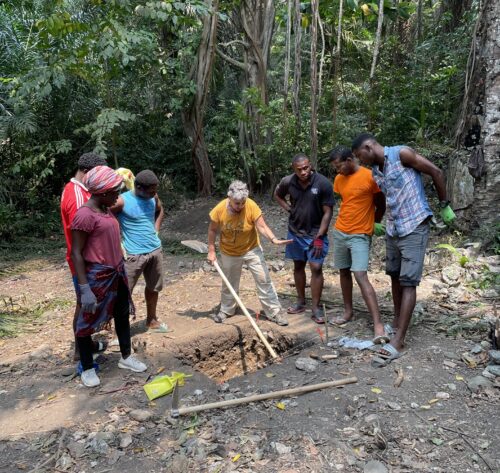
Unearthing the Origins of Plantation Slavery on São Tomé

What’s Behind the Evolution of Neanderthal Portraits
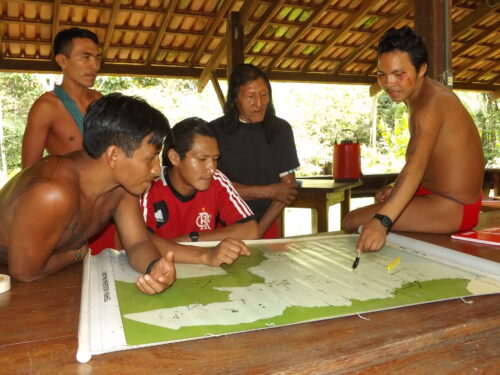
Finding Footprints Laid at the Dawn of Time
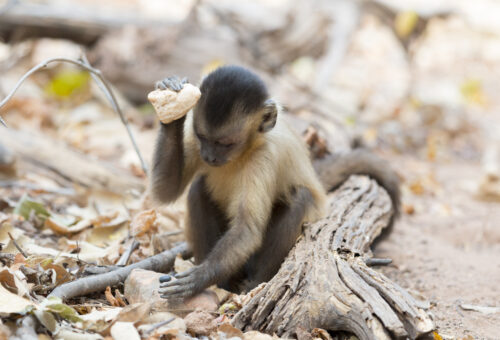
Tools of the Wild: Unveiling the Crafty Side of Nature
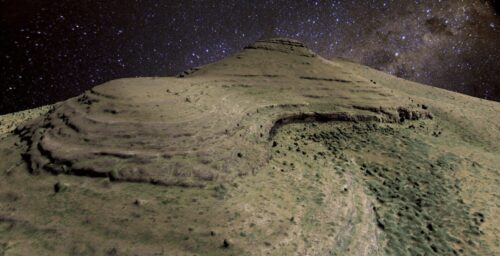
Taking Cultural Preservation to a New Dimension
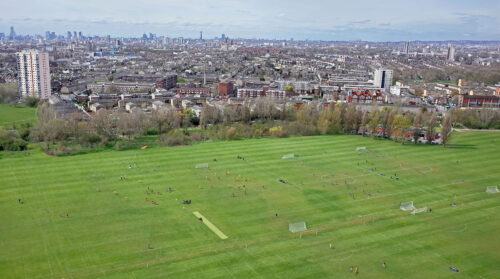
Tackling the Wreckage of War
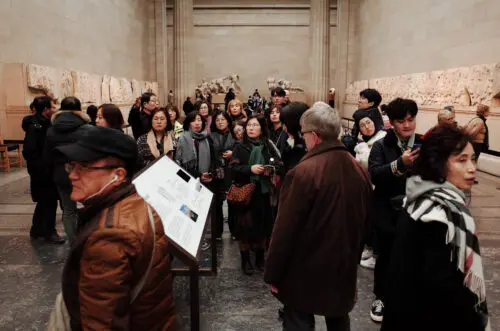
How Museum Items Go Missing
